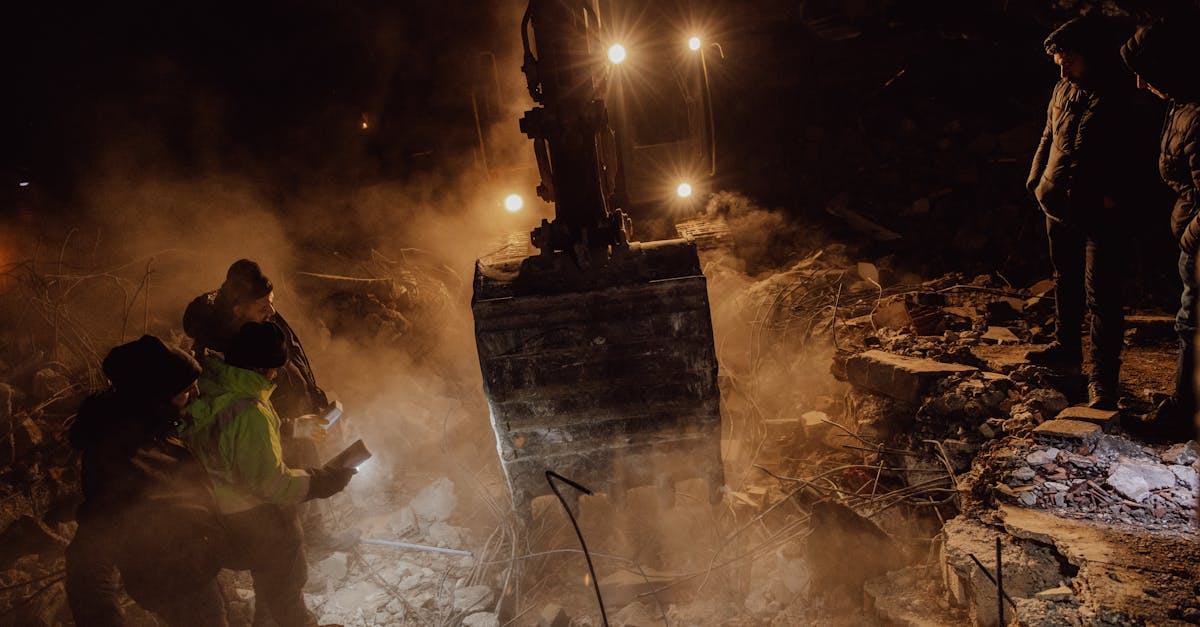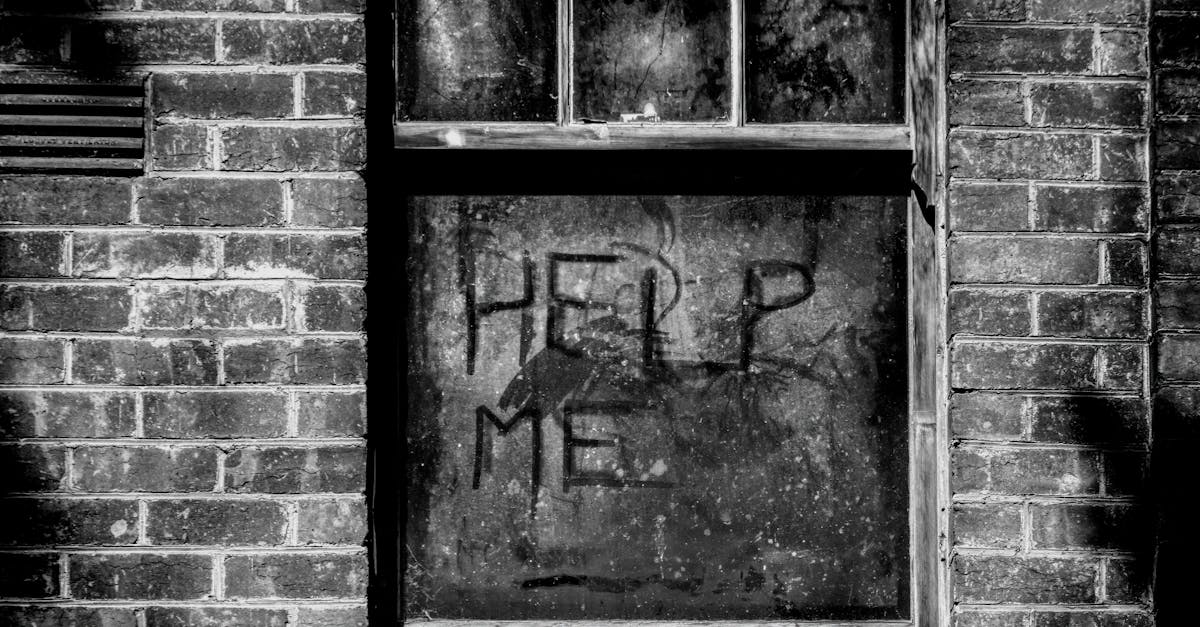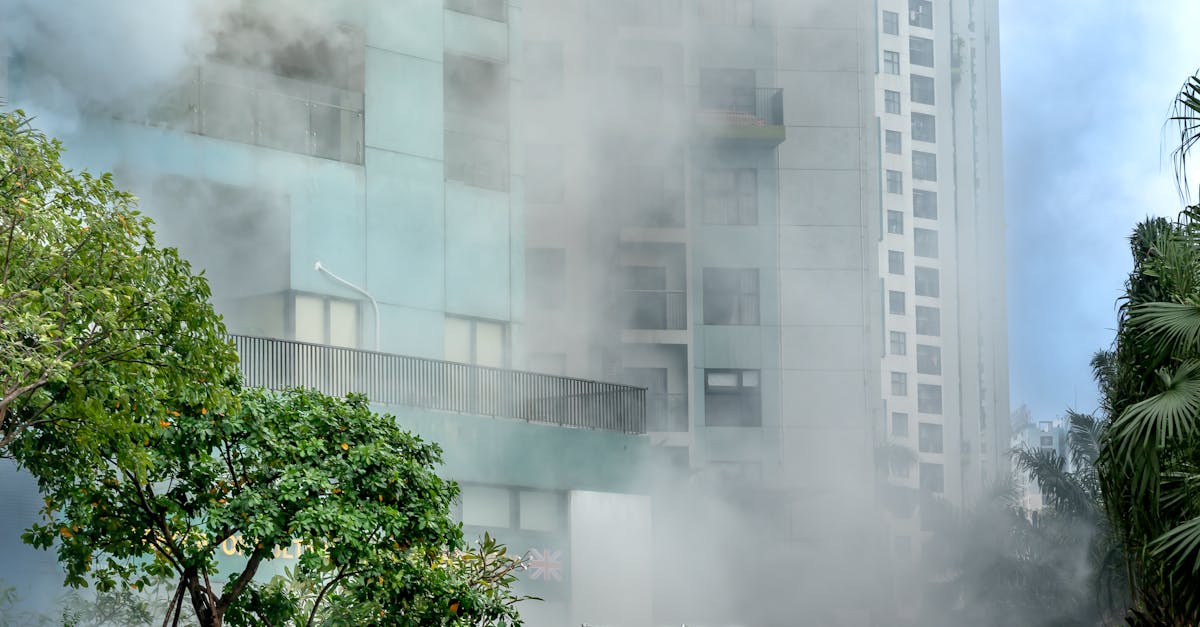
Table Of Contents
Malfunctioning Fill Valve
A malfunctioning fill valve can often be the reason behind a toilet that refuses to flush properly. This valve controls the flow of water into the toilet tank after a flush. If the valve is damaged or stuck, it may not allow enough water to refill the tank for the next flush. Regular maintenance and inspection can help identify issues early, potentially avoiding more extensive toilet repairs down the line.
Signs that the fill valve needs attention include a slow or incomplete tank refill and unusual noises when the toilet is filling. A faulty valve can lead to water running continuously or not filling at all. Addressing fill valve issues quickly can ensure the toilet functions as it should. Taking action sooner rather than later can save money and time on more significant repairs.
Signs Your Fill Valve Needs Attention
A malfunctioning fill valve is a common issue that can lead to flushing problems. If you notice that the toilet tank takes an unusually long time to fill, this could indicate that the fill valve is not functioning properly. Additionally, if you hear a constant hissing sound coming from the tank, it may suggest that the valve is leaking or not sealing correctly. Regular maintenance and prompt toilet repairs can prevent more extensive issues down the line.
Another sign that your fill valve needs attention is inconsistent water levels in the tank. If the water level is too low, it may not trigger a strong flush, resulting in poor performance. Conversely, if the tank overflows, this can lead to water waste and potential damage. Keeping an eye on these indicators can save you time and hassle when it comes to necessary toilet repairs.
Toilet Lever Problems
The toilet lever, or flush handle, can be a common point of failure when your toilet refuses to flush. If the handle feels stuck or doesn’t move smoothly, it may not be engaging the internal mechanism properly. This can lead to frustrating situations where the toilet tank fills but won’t flush. Regular inspection of the handle and the components linked to it is essential for effective toilet repairs.
In some cases, the connection between the lever and the flush valve chain might be loose or broken. This issue can prevent the flush valve from lifting fully, leading to incomplete flushes. If you notice that the handle is either too loose or requires excessive force to operate, troubleshooting this mechanism may be necessary. Addressing lever issues promptly can simplify future toilet repairs and help avoid more significant complications down the line.
Troubleshooting the Flush Handle
If your toilet handle feels stuck or doesn't engage properly, this could be the reason why your toilet isn't flushing. First, remove the tank lid and inspect the handle mechanism for any visible issues, such as corrosion or disconnection from the flush lever. Ensure the chain that connects the handle to the flapper is not tangled or damaged. Adjusting the length of the chain may also help restore proper function.
Sometimes, the handle may feel loose because of a worn-out mounting nut. Tightening this nut can improve handle performance. If the handle itself appears damaged, it may require replacement. Troubleshooting these issues can often lead to simple toilet repairs, restoring the toilet’s flushing ability without the need for more complex interventions.
Air in the Toilet's Trap
Air trapped in the toilet's trap can disrupt the flow of water necessary for flushing. This issue arises when an air pocket forms, preventing wastewater from being adequately flushed away. Addressing this problem often requires a bit of troubleshooting to pinpoint the source of the air lock. Homeowners might notice that the toilet seems to struggle to flush, leading to confusion about the exact cause.
To alleviate this issue, one common method is to create a siphoning effect. Flushing the toilet while the tank is still filling can draw air upward, helping to break any potential air lock. If repeated attempts do not resolve the problem, further toilet repairs may be necessary. It is recommended to check the installation of the toilet and ensure that it is set level on the floor to minimize the chances of air being trapped in the trap.
How to Remove Air Lock Issues
Air locks in a toilet's trap can disrupt normal flushing operations. To address this issue, you can start by turning off the water supply to the toilet and removing the tank lid. Manually lifting the float or flushing the toilet can help release any trapped air, allowing it to flow freely through the system. Ensuring that the water level in the tank is set correctly may also alleviate the problem, as improper levels can contribute to air lock issues.
If the problem persists, consider examining the fill valve and other components for damage or obstructions. Flushing the toilet manually combined with gentle tapping on the tank can sometimes break the air pocket. These steps fall under common toilet repairs that any homeowner can undertake with minimal tools required. Regular maintenance can help prevent air locks and ensure the toilet operates efficiently.
FAQS
What should I do if my toilet is not flushing but it's not clogged?
First, check if the fill valve is functioning properly, as a malfunctioning fill valve can prevent adequate water from entering the tank. Additionally, inspect the toilet lever and flush handle for any issues and ensure there’s no air trapped in the toilet's trap.
How can I tell if my fill valve is malfunctioning?
Signs of a malfunctioning fill valve include a slow or weak fill after flushing, loud noises during filling, or water overflow. If you notice any of these symptoms, it may be time to repair or replace the fill valve.
What are common problems with the toilet lever?
Common problems with the toilet lever include it being stuck, having loose connections, or not engaging the flush mechanism effectively. If the lever feels loose or doesn’t return to its original position, it may need adjustment or replacement.
How can I troubleshoot my flush handle?
To troubleshoot the flush handle, check for any visible obstructions, ensure the handle is properly connected to the flush mechanism, and make sure the handle moves freely without any resistance. If issues persist, consider replacing the handle.
What causes air locks in the toilet's trap and how can I fix them?
Air locks can occur due to changes in pressure or blockages elsewhere in the plumbing system. To fix them, try flushing the toilet multiple times to release trapped air or use a wet/dry vacuum to remove excess air from the trap. If the problem continues, consult a plumber for further assistance.



















